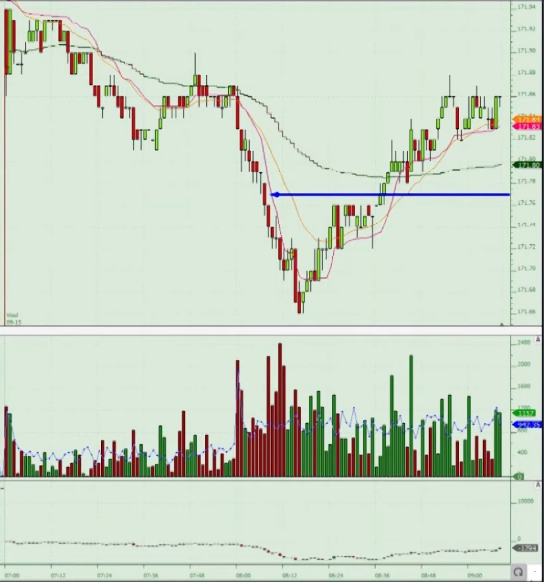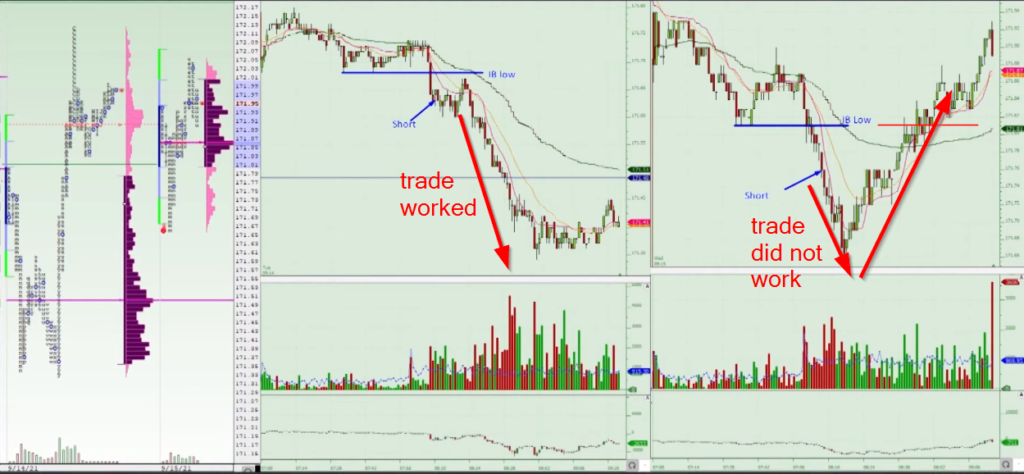How To Avoid Trading Losses Introduction
In this blog post, we will review tips on how to avoid trading losses. Have you ever entered a trade and talked yourself out of the trade based on minor obstacles? In this post, we will review common excuses that get us out of the trade way too early. These premature exits might save us a few bucks in the short run but prevents us from building a high conviction playbook. These are the trades that in a long run will build our P&L. So next time you will try to find a reason for getting out of the trade, ask yourself about the severity of that reason. If it is only a minor reason, let alone a psychological reason, you know you must hold and build that conviction muscle.
The best way how to prevent yourself from doing the same mistakes repeatedly is through the art of journaling about which we have written numerous posts, good place to start is here: How To Do Yearly Trading Review Like A Pro.
This post is based on the video down below.
One Rule To Prevent Mismanagement Of A Trade
One of the important ways how to prevent trading losses is to have a set of strategies with a positive payoff function. This means, that any mismanagement of a trade that has a larger P&L potential prevents your overall P&L curve to grow. This is typically about:
having a plan and breaking it or not having a plan at all and acting reactively
Basically, you have a plan to sell or buy, but by the time market gets to decision making point, you start to look for a reason not to take action. It can be anything from the order flow, price action, or news that is coming out to the most typical “it did not look right” type of excuse.
Another example of breaking the plan is the justification around the exit. You are in a trade and suddenly you start to rationalize why the trade is not good anymore. Typically the questions you should ask yourself is:
what are you protecting yourself from?
Trade “is not working” is simply not enough to justify a decision to get out. It is all about setting the expectation prior to getting into the trade and then confronting them with the reality of the trade. The key thing every trader needs to build is to develop a rule-based system, that enables them in real-time to check the criteria for entry and exit. A real-time questioning framework that is easy enough to follow under pressure, especially when trading a very short-term time frame is an absolute must.
Trading Examples
In the first example, we have a Bund trade, that finally broke a key level. Now we are facing the situation about the access to the trade. Price action suggested there was a lot of absorption, a negative delta was high but we did not move down. We can immediately use this argument that the absorption will lead to a reversal, therefore we should not access the trade here. That is the wrong approach. The right approach should be. When X will happen I will do Y. In this example, “when absorption stops, I will access the trade at 171.77”
Observe a price ladder action to see what happened after the market stopped absorbing.

Now let’s compare this example in Bund with the similar example from the previous day. In both examples, Bund broke the IBL (Initial Balance Low) and continued lower. If you got short in the first example (trade on the left) and placed your stop at the obvious spot (above IB low), you would have made a nice swing profit. Not having the right questioning framework, you might have covered a small loss early (trade did not work immediately), only to see the trade develop further. Would you save some money in a short run? Maybe yes. You might even feel good for a short period of time how smart you were for exiting early, only to give yourself a beating after seeing the swing move down.
Let’s compare it with the second trade. Same example, different result. This time, you have entered after the absorption we have discussed above, and continue lower. Only to see the relentless bid reversal. You were really not wrong on the trade until it started to push into the IBL. That was the moment to cover. Yes, you have lost on a trade, but you have built that long term resiliency muscle and used your questioning framework.

Key Takeaways To Prevent Trading Losses
Build a questioning framework for both access (entry) and (exit). The shorter the timeframe, the more energy, and awareness your brain will need to process the real-time questioning. It will prevent you from losing over time and give your P&L growth a much greater chance.
Thanks for reading.
If you want to learn how we trade the markets in much greater detail, don’t forget to check the free webinar we are running at: https://www.elitetraderworkshop.com.
If you liked this type of content, you might check these videos as well:
- Junior Funded Trader 2020 Performance Review
- Lessons From My Biggest Trading Loss
- Trader Training: How Long Does it Take a Trader to Become Consistent and Profitable | Axia Futures
If you like our content and would like to improve your game, definitely check one of our courses that teach you all the techniques presented by AXIA traders from a market profile, footprint, or order-flow. If you are someone who likes to trade the news, we have a great central bank course. And if you are really serious about your future trading career, consider taking AXIA’s 6-Week Intensive High-Performance Trading Course.
Trade well.
JK





